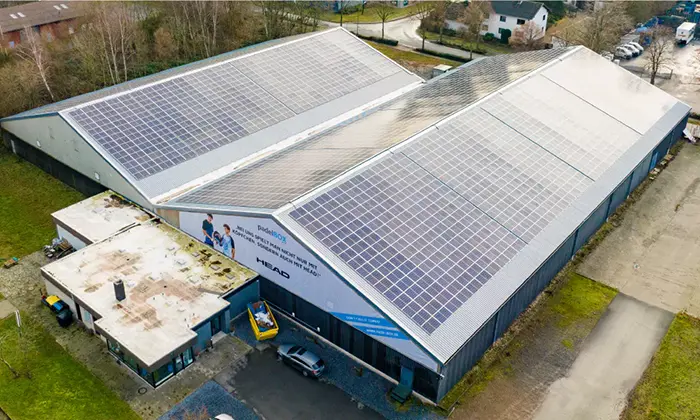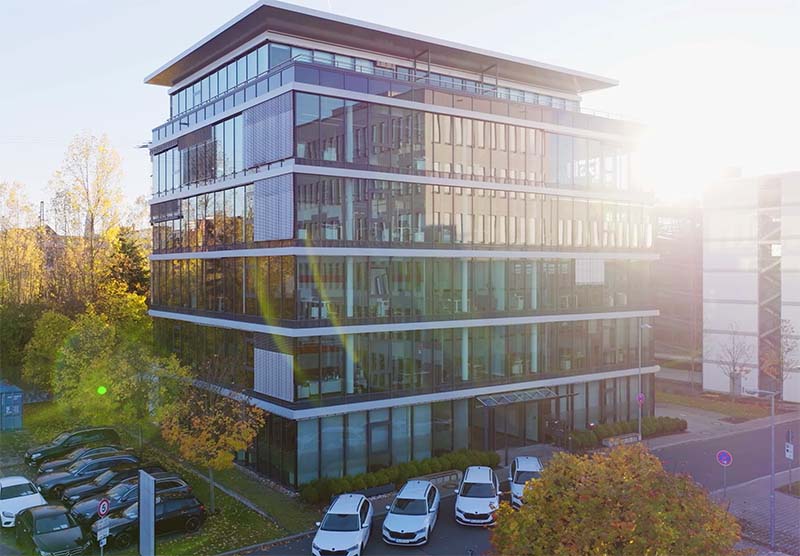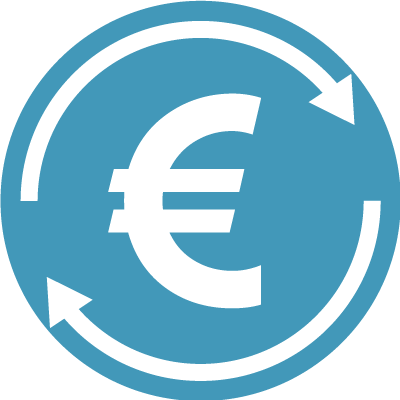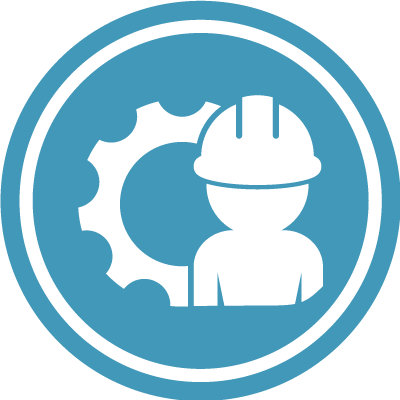

€ Transaction Volume
Projects
Different Countries
MW Power








Investing in a Solar System: Capital Investment Opportunities
If you decide that you want to invest in photovoltaics, the next question is which different options are available to invest in photovoltaics.
Purchase of a solar system as a PV investment on your own roof
If you want to invest in photovoltaics, you have the option of purchasing an entire solar system, including the solar modules, inverter, and other necessary components. This way, you acquire direct ownership of all components of the system and become the sole owner and operator of the system.
Direct solar investment on leased land
Many investors are unaware that they do not need to own a roof to invest their capital in photovoltaics. If you want to invest in photovoltaics, you can become a co-owner of a solar system through a solar park participation. In a direct solar investment, you acquire shares in large rooftop systems, divided by inverters. In this case, you, as an investor, receive a legally regulated, high payment for 20 years for the electricity the solar system produces. You also have maximum security through a land register entry and benefit from attractive tax advantages.
Investing in a solar fund
Solar funds are an option where investors jointly invest in a solar park. Here, an attractive, predictable return is offered thanks to the feed-in tariff, and the investment is largely independent of capital market risks. However, investors must be cautious with closed-end solar funds, as their capital is tied up for the fixed term and, in the worst case, may require additional capital contributions. This entrepreneurial direct investment also carries the risk of total capital loss. Therefore, it is advisable to prefer open-ended funds over closed ones and to ensure transparency from the fund management as well as fair contractual terms.
Investing in impact funds
Impact funds are another option for those who want to invest in photovoltaics. These funds consist of specific sustainable projects with transparent and verifiable results. For impact funds in the field of solar parks, the goal could be, for example, the reduction of a certain amount of CO2. However, it is advisable to invest in open-ended funds to remain flexible and avoid the risks of a closed fund.
Solar bonds
Solar bonds are another option where investors lend capital to solar companies. While this provides regular interest payments, there is usually no market for trading these bonds, which limits flexibility.
Crowdinvesting
Crowdinvesting is an option for small investors in which many investors finance the construction of a solar park. The return is often attractive, but investors usually have no say in decision-making and, in the event of insolvency, rank behind other creditors.
Overall, direct solar investment is the recommended option, as it provides both a high long-term return and is considered low-risk.
Profitable Photovoltaic Investment in Four Simple Steps
1. Select a solar investment
Across Germany, we cooperate with over 500 developers to sell available new-build PV projects via our online platform. This allows us to offer investors a wide range and high diversity of available photovoltaic systems to be built as new installations. Many developers also have existing systems in their portfolio. Internationally, we list over 1,200 developers.
2. Register on the PV marketplace
The marketplace can be used 100% free of charge. Buyers can unlock, compare, and view all project data free of charge after registration. There is also no commission for the buyer. Only upon a successful transaction does the seller of the PV project pay a previously agreed fee to Milk the Sun. The projects on this portal are marketed exclusively and are therefore only available through this platform.
3. Complete the purchase
Sales discussions are handled by Milk the Sun's sales team. This gives buyers a direct contact who helps compare the various offers and find the right project.
4. You become the proud owner of a solar investment and immediately benefit from a high return
After completing the purchase, you can directly benefit from the high investment deduction (IAB), attractive special tax depreciation, and strong returns. PV investment also offers high security thanks to the guaranteed feed-in tariff. This government-set tariff ensures that, as the operator of a solar system, you receive a fixed feed-in payment for electricity fed into the grid over 20 years. The guaranteed feed-in tariff creates planning security and ensures the investment is profitable in the long term. This mechanism makes a photovoltaic investment an attractive option for both individuals and companies seeking stable returns and a sustainable source of income. On our platform, you can, if needed, sell your solar system profitably and easily, thus generating liquidity in the short term.
What risks are there in solar investment?
Solar investment is considered a low-risk investment option. However, you should be aware of the following aspects if you are interested in direct solar investment.
1. Profitability forecast
Any investor considering a new or existing system as an investment will first perform a simulation of projected returns after deducting all costs. A range of tools is available on the market to provide an initial overview of an investment. It is important to choose a reputable provider and not simply the cheapest. At Milk the Sun, we use the PV-Sol simulation program or other high-quality tools to produce an accurate forecast with 3D visualization and detailed shading analysis.
2. Theft or storm damage
Solar investments can be insured against possible damage caused by severe weather with hail and storms or by fire. It is also possible to protect against potential theft or other damage. In this way, risks that could negatively impact the return of a photovoltaic system can be effectively reduced. All solar investments offered on our PV marketplace include insurance coverage.
3. Reduced yields due to dirt or snow
Over time, deposits accumulate on a roof that cannot be completely removed by heavy rain or wind. In heavy snowfall, the performance of a photovoltaic system can also be affected. Regular cleaning ensures that the full potential of the solar system can be used. It not only enhances the appearance but can also prevent yield losses. Therefore, it is advisable to clean and maintain a photovoltaic system at regular intervals. It is recommended to carry out at least one thorough inspection for dirt once a year. With the monitoring we install, a drop in PV system performance is immediately noticeable, and a maintenance service can be commissioned.